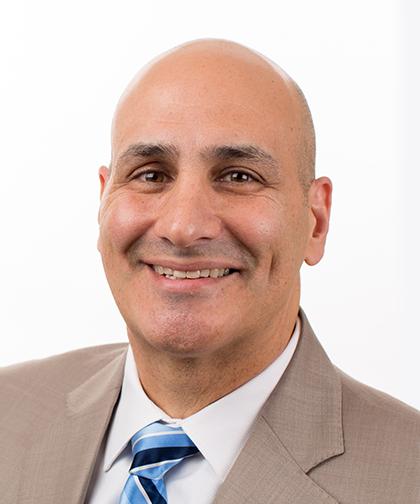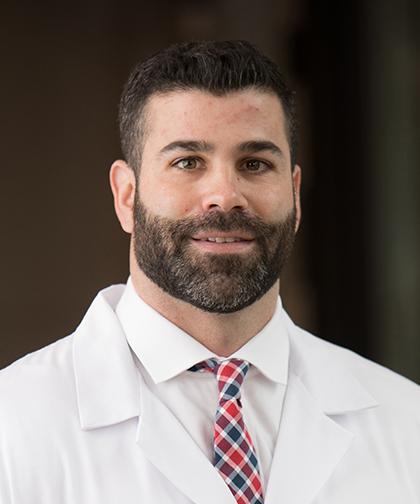Conditions We Treat
Montefiore treats a vast spectrum of conditions, a selection of which you will find listed below. In addition to these, we have experience treating many other conditions. Please contact us today to schedule a consultation so that we can review and discuss your specific healthcare needs.
Some Common Conditions
- Achilles tendon pain
- Ankle pain and ankle sprains
- Arch pain
- Arthritis of the foot
- Athlete's foot
- Bunions
- Claw and hammertoes
- Corns and calluses
- Diabetic foot problems
- Flat feet
- Fractures of the foot
- Fungus of the toenails
- Heel pain and spurs
- Ingrown toenail
- Neuroma
- Plantar warts
- Posterior tibial tendonitis
- Sports injuries
- Stiff big toe
- Tarsal tunnel syndrome











